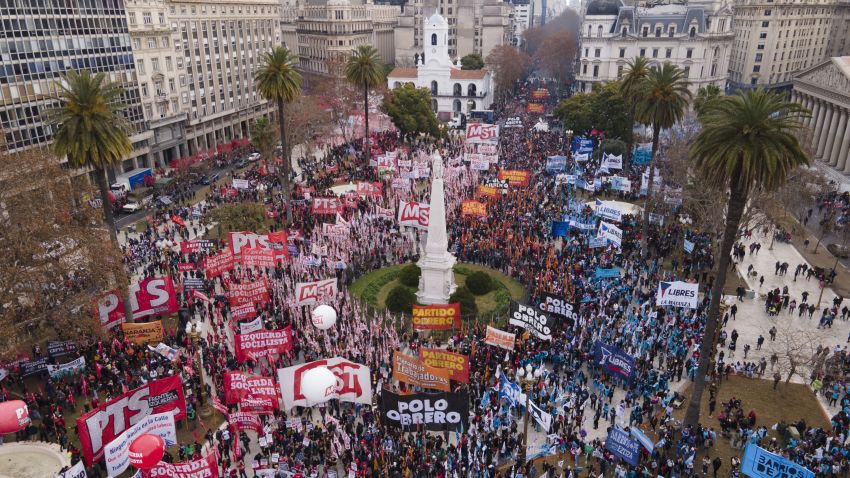“The worst is yet to come.” That’s the message from the International Monetary Fund’s chief economist, Pierre-Olivier Gourinchas, about what to expect in 2023. Across the world, the fund lowered its GDP estimates in the face of inflation that is expected to remain high and a U.S. dollar whose strength is battering most emerging market currencies, negating some of the recent declines in food and fuel prices.
For Latin America, the IMF’s bad news about the year to come will add to a pile of years’ worth of other economic and political problems. Most countries experienced relatively slow growth starting in the mid-2010s, after the end of a commodities boom that had filled their coffers until 2013. But they failed to get their financial houses in order to adjust to the new normal, and the deficits piled up. Then the coronavirus pandemic and its shutdown-induced recession hit. Governments were forced to spend additional money they didn’t have to help maintain the barest of social safety nets. Even with the additional spending, people across the region fell from the middle class into poverty, while the poor got poorer, with the informal sector taking a particularly hard hit.
The post-pandemic rebound in 2021 meant that many countries experienced a brief boom. But Latin America, with its history of hyperinflation, was quick to recognize that the economic growth came with a serious risk of inflation. The region’s central banks were among the first globally to raise interest rates, purposefully slowing growth in the hopes of avoiding the worst inflation outcomes.

